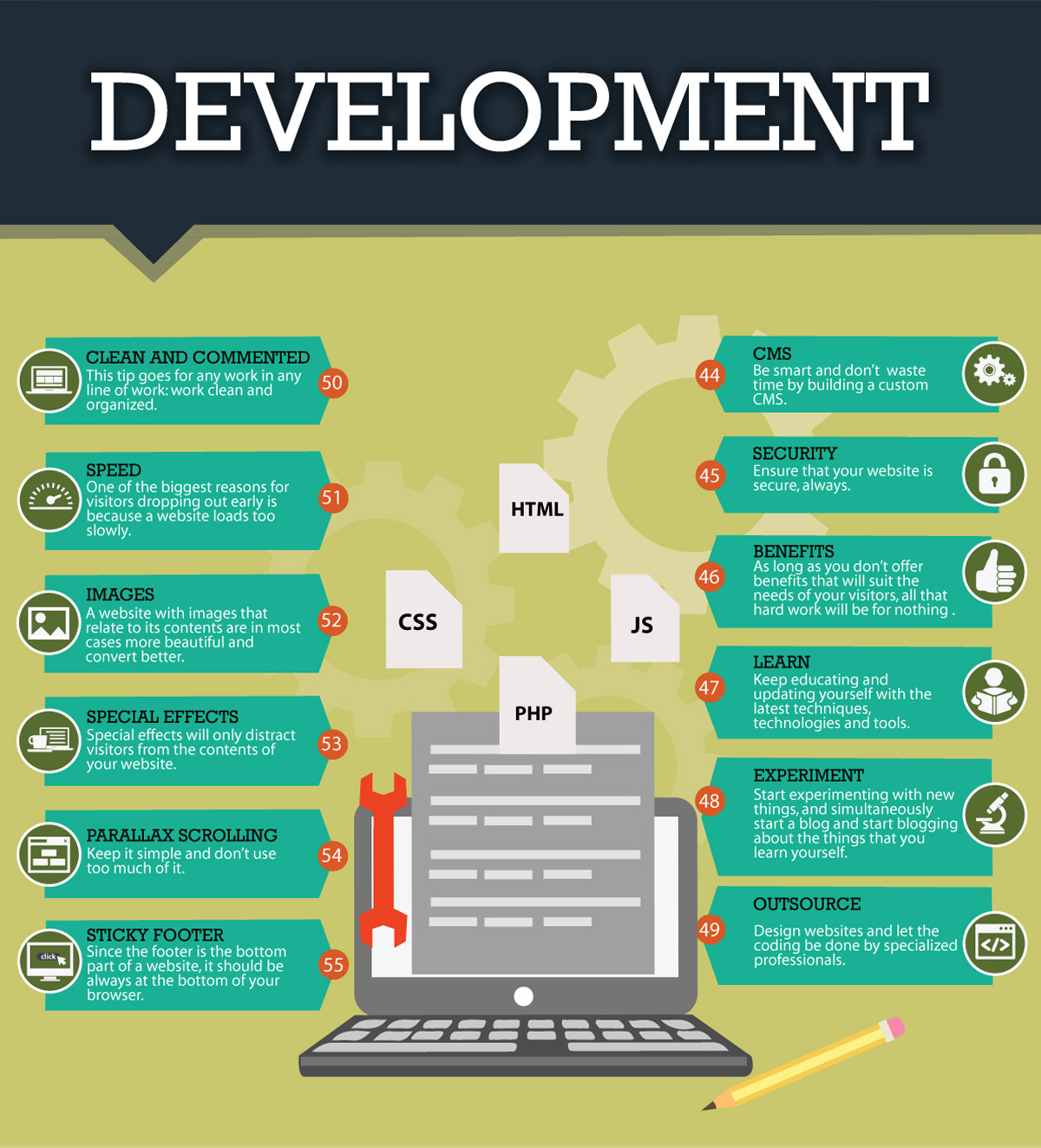Fascinated In Finding Out Just How Site Design Has Changed Over The Years? Discover The Journey
Fascinated In Finding Out Just How Site Design Has Changed Over The Years? Discover The Journey
Blog Article
Created By-Rasmussen Clarke
In the past, sites were easy and focused on details. Navigation was direct, and layout was for desktop computers. Currently, individual experience is essential. Data overviews styles for very easy navigation. Receptive formats fit various tools. Today, dark mode minimizes stress, and minimalist food selections improve navigation. Interactive attributes engage customers, and vibrant visuals stick out. AI integration increases engagement. See just how style has actually advanced to boost your on-line trip.
Early Days of Web Design
In the early days of web design, simplicity preponderated. Web sites were fundamental, with limited shades, fonts, and designs. The emphasis was on offering information rather than fancy visuals. Customers accessed the net with sluggish dial-up links, so speed and capability were key.
LASIK Or Prk were straightforward, commonly located at the top or side of the page. Internet sites were created for computer, as mobile surfing had not been yet prevalent. Web content was king, and developers focused on very easy readability over complicated layout elements.
HTML was the main coding language made use of, and designers had to function within its restrictions. Computer animations and interactive attributes were minimal compared to today's requirements. Internet sites were fixed, with little dynamic content or customized user experiences.
Rise of User-Focused Style
With the evolution of internet site layout, a change in the direction of user-focused style principles has actually ended up being progressively noticeable. Today, developing web sites that prioritize user experience is important for involving site visitors and attaining business objectives. User-focused layout involves comprehending the needs, preferences, and habits of your target market to tailor the site's format, content, and includes as necessary.
Developers currently perform detailed research, such as user studies and usability screening, to gather understandings and feedback straight from users. This data-driven technique helps in producing user-friendly navigation, clear calls-to-action, and visually appealing interfaces that reverberate with site visitors. By placing the user at the center of the design procedure, websites can provide a much more personalized and pleasurable experience.
Receptive style has additionally emerged as a key aspect of user-focused design, making sure that web sites are maximized for various gadgets and display sizes. This flexibility improves availability and use, catering to the varied ways individuals interact with internet sites today. Basically, the increase of user-focused design symbolizes a change towards producing digital experiences that focus on the demands and expectations of the end individual.
Modern Trends in Website Design
Check out the latest patterns forming web design today. One popular trend is dark mode style, supplying a sleek and modern-day look while decreasing eye pressure in low-light settings. Another vital pattern is minimal navigation, streamlining menus and boosting user experience by focusing on essential elements. Incorporating https://www.forbes.com/sites/forbesbusinesscouncil/2022/03/22/how-to-communicate-with-your-customers-six-key-points-for-marketers-in-2022/ -interactions, such as animated buttons or scrolling impacts, can develop a more appealing and interactive internet site. Responsive layout remains critical, guaranteeing seamless user experiences throughout different gadgets. Furthermore, utilizing vibrant typography and asymmetrical designs can add visual rate of interest and accentuate particular web content.
Incorporating AI modern technology, like chatbots for customer support or individualized referrals, boosts individual engagement and improves processes. Accessibility has also end up being a significant pattern, with designers focusing on comprehensive style practices to deal with diverse individual needs. Embracing sustainability by maximizing internet site performance for rate and efficiency is one more emerging fad in web design. Working together with customer comments and data analytics to repeat and improve design constantly is essential for remaining relevant in the ever-evolving digital landscape. By accepting these modern fads, you can develop an aesthetically appealing, user-friendly site that resonates with your audience.
Conclusion
As you reflect on the advancement of web site design from the early days to currently, you can see how user-focused design has actually ended up being the driving force behind modern patterns.
Accept the trip of modification and adaptation in website design, always keeping the individual experience at the center.
Remain existing with the current fads and technologies, and never stop progressing your strategy to create visually magnificent and straightforward websites.
Progress, adapt, and create - the future of website design remains in your hands.
